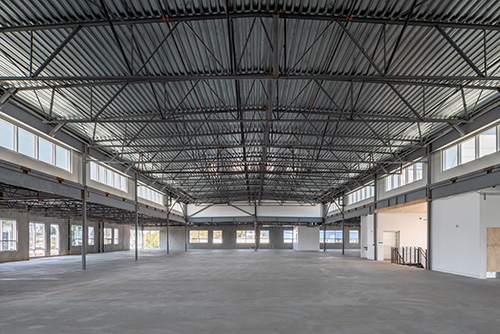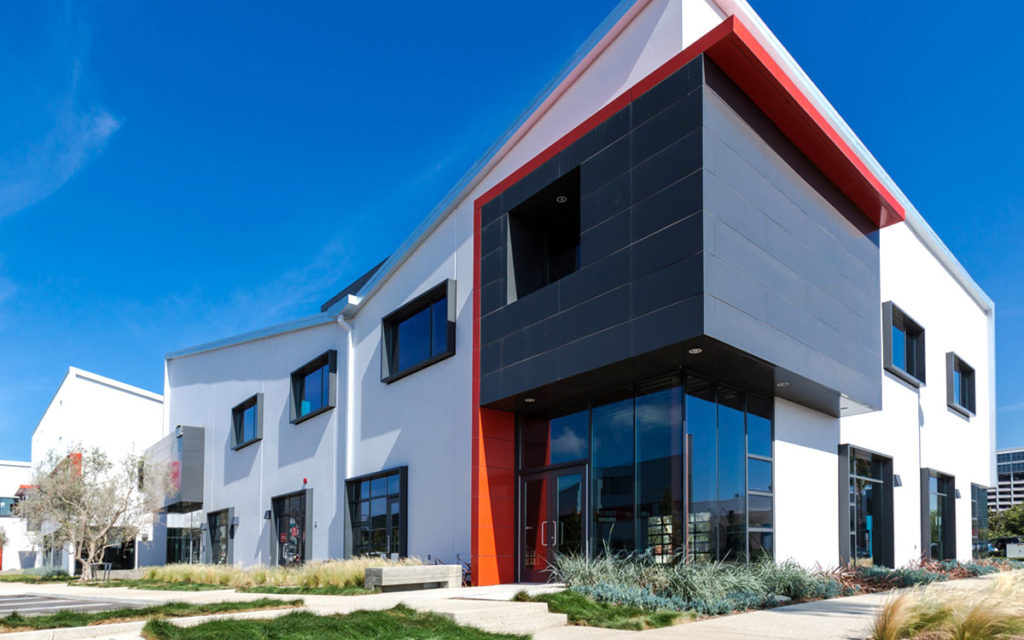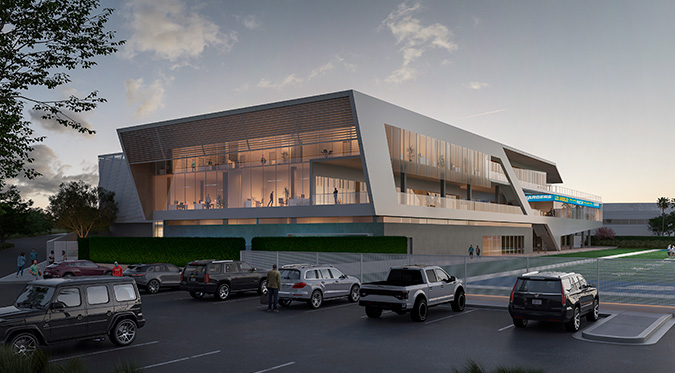Development
Development is Our Strength
MVI has been a leading developer in the Los Angeles South Bay marketplace since 1991. During this time MVI has obtained entitlements for 6.7 million SF of office, industrial, retail and residential space on 440 acres of urban infill land as well as built and marketed approximately 2.6 million SF of all types of space. MVI’s development focus includes the following:
- The acquisition, entitlement, master-planning, and redevelopment of underperforming or obsolete property
- The remediation of former industrial sites and their conversion into top quality environments
- Governmental build-to-suit and municipal redevelopment partnerships


Experience and Knowledge
MVI’s long term market knowledge and product experience provides the ability to take projects through each of the key steps in the development process in a timely and cost-effective fashion. These steps include:
- Economic and financial real estate market analysis
- Characterization of community stakeholder goals and influences
- Coordination of any site demolition and remediation
- Land use and environmental planning
- Negotiation of public and private finance programs
- Coordination of design and construction documents
- Expediting the permitting process
- Construction Management
- Oversight of the marketing process
- Property Management of the completed asset
Unique Characteristics

MVI is committed to all areas of sustainable building practices. MVI has LEED Accredited Professionals on staff who are knowledgeable in the area of sustainability, and teams with innovative consultants to enhance environmental quality, stimulate economic development, and revitalize communities.
MVI specializes in the redevelopment of obsolete and contaminated industrial sites. MVI has unique and unparalleled experience in the conversion of industrial sites to retail/office/industrial uses. Brownfield redevelopment is an integral part of smart growth and can eliminate blight and environmental contamination, create a catalyst for neighborhood revitalization, lessen development pressure at the urban edge, and maximize the use of existing infrastructure.
